Dwarf cedar: description and secrets of cultivation
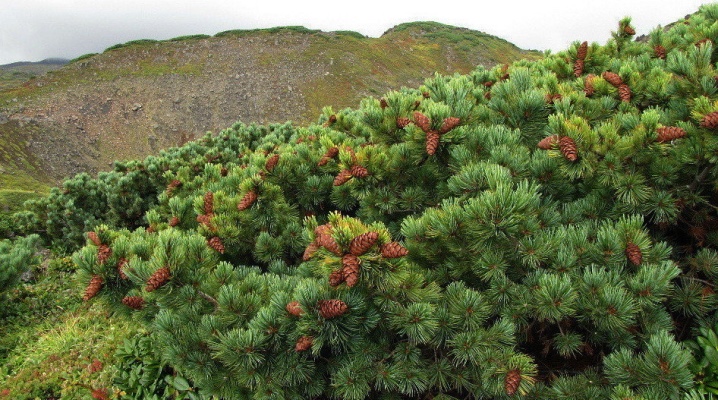
Dwarf cedar is one of the varieties of conifers. Due to the variety of crown forms, some call it a shrub, others call it a half-shrub or half-tree.
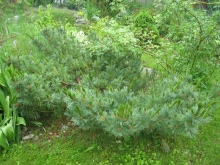
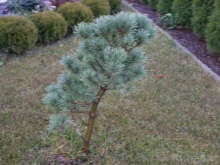
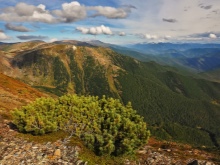
Accumulations of such conifers in their natural habitat form creeping forests.
Main characteristics
The dwarf pine is a rather miniature plant with a bowl-shaped crown formed by spreading branches. The trunk is evenly covered with dark red-brown bark with pale yellowish spots, slight peeling is visible on it. On the branches, the bark is smooth and gray, the branches themselves are most often pressed to the ground, and their tops are directed upwards. Young shoots of elfin trees are usually painted in green shades, dense pubescence is noticeable on them, as the plant grows, they change color to brown.
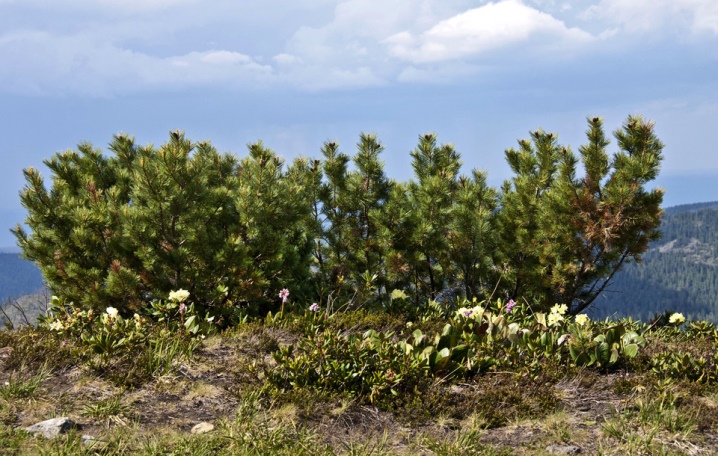
The needles are quite long - up to 8 cm. The structure of the needles is triangular, the color is greenish-gray. Needles are placed in bundles of 5 pieces. The cones are small, elongated and rounded, their length does not exceed 5-7 cm, and their width is up to 3 cm.
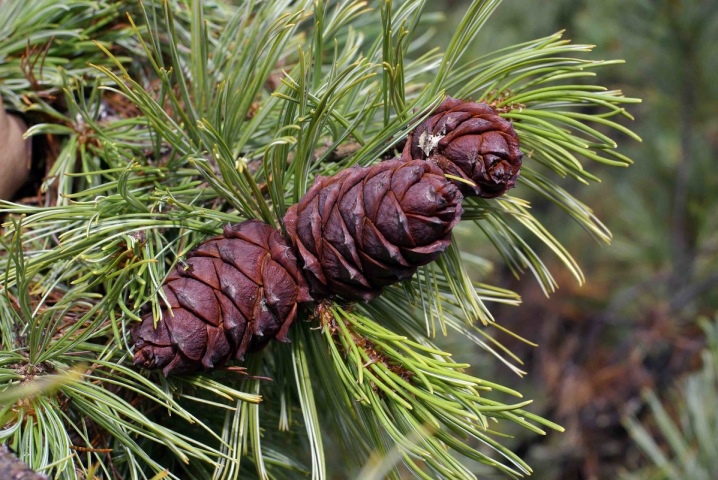
The period of maturity begins at the age of 20-25 years, after pollination, the cones mature within 2 years. The nuts are small, dark brown and oval, the skin is rather thin, but lignified, the size of the nuts is about 10 mm in length, and their width is about 5 mm.
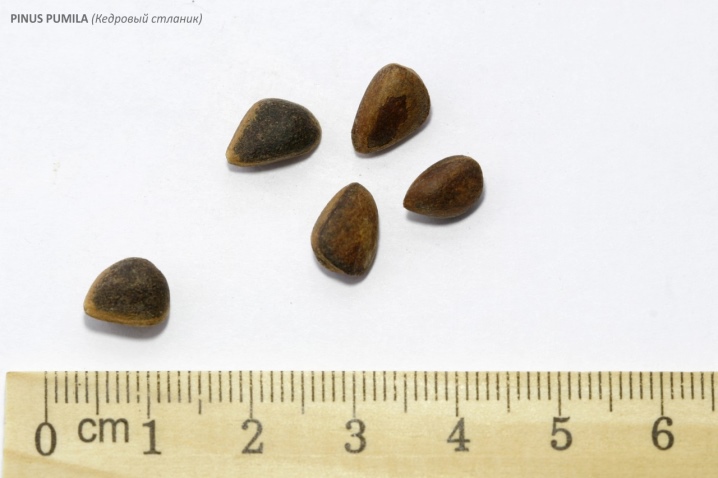
The roots grow in a rather unusual way. Initially, the main root and lateral roots are formed in the creeping dwarf tree, but over time, the central core dies off and then the tree begins to intensively build up the lateral processes located on the surface. They quickly become covered with moss and gradually sink into the ground. To replace them, the plant produces adventitious roots - they are formed by branches touching the ground. The ability to release adventitious roots is what makes the dwarf pine tree such a strong plant.
The wood of this coniferous plant is very dense and it is extremely difficult to split it. The structure contains many resin passages, so the tree has a thick coniferous aroma.
Dwarf cedar is distinguished by pronounced decorative characteristics, therefore it is often planted for landscaping personal plots, parks and squares. However, this is not the only use of wood. It is highly regarded for the products that can be obtained from a wide variety of parts of it:
- nuts can be eaten, from them the highest quality oil is obtained, and the cake serves as a raw material for the manufacture of halva and fillings for cookies, sweets and other confectionery products;
- wood is widely used for grinding souvenirs and decor items;
- branches and trunks have found their application in pharmacology for the production of turpentine.
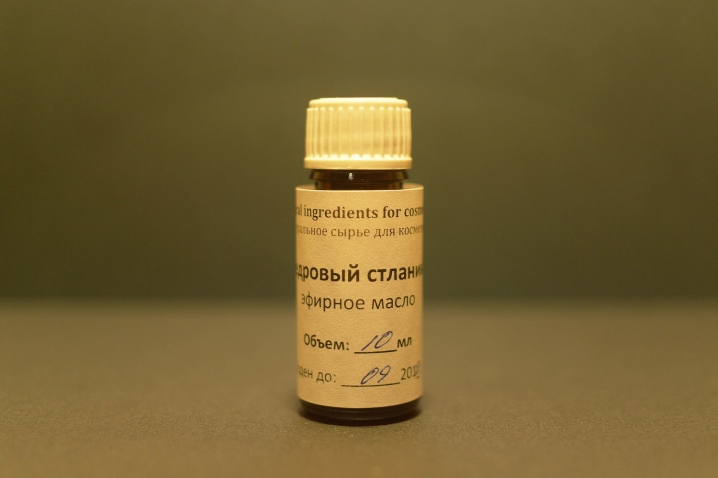
Dwarf cedar is a rich source of vitamins, useful micro- and macroelements. That is why preparations based on this ephedra are widely used for medicinal purposes, in particular, to alleviate the condition with colds, pathologies of the urinary system and skin inflammations.
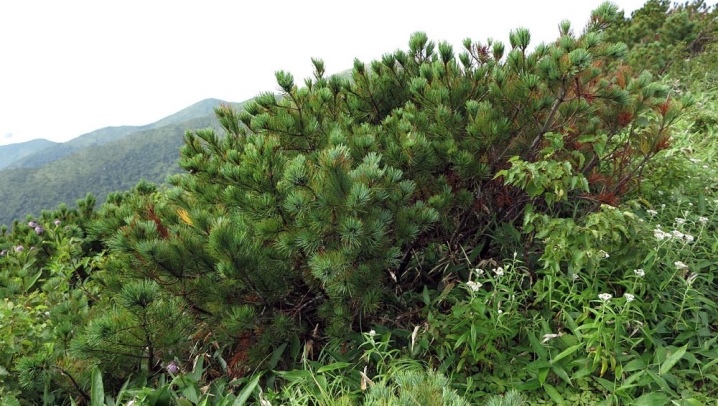
In folk medicine, young shoots of pumila are used for quick healing of wounds. In the old days, sailors often chewed them to prevent scurvy.
A natural dye of bright green color is obtained from the needles of this plant, in addition, elfin is widely used to strengthen the embankments and slopes of mountains.
Spreading
Due to the peculiarities of its structure, the ephedra is adapted for life in poor soil and at low temperatures. Due to the fact that the root system of this plant is located at the surface, long-term permafrost does not in any way affect the growth and development of elfin, and since this form of elfin is creeping, then this representative of evergreens spends severe winter frosts under a cover of snow.

The distribution area is wide - the elfin dwarf lives both in the Far East and in Siberia. Its plantations can go beyond the Arctic Circle in the north, and on the south side it can be found in the mountains at a level of 700-1000 m.
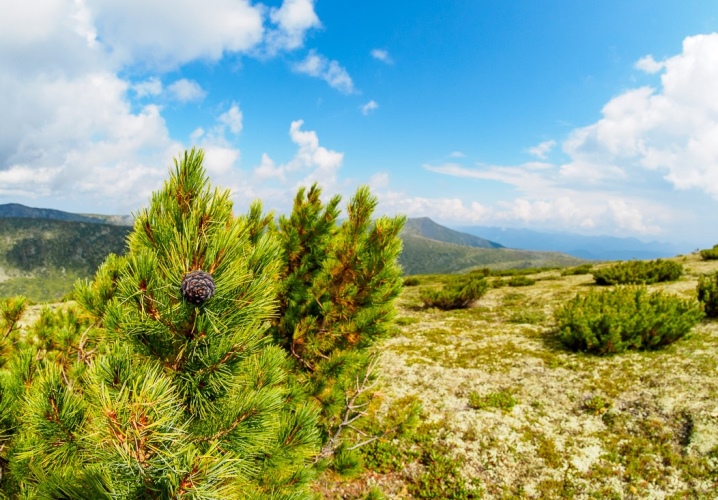
In its natural environment, it most often forms independent plantings, often becomes the lower tier of deciduous forest.
Landing features
Despite its unpretentiousness, the dwarf tree is very hard to get used to a new place, therefore it is so important to create optimal conditions for its survival.
First you need to choose the right place. In its natural environment, elfin wood can live in any conditions, therefore, there is no need to carry out any special work on soil preparation. The only exception is sandy soils - you need to add clay to them so that there is much more of it than sand.
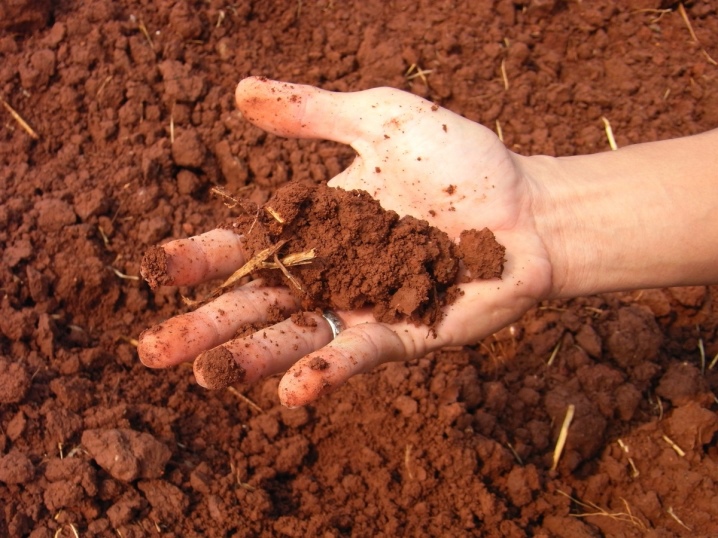
This plant prefers well-lit areas, but will grow well in partial shade.
Since the root system of the elfin tree is of a surface type, and the branches lie on the ground, then the area for planting it should be spacious. Lands where moisture often stagnates are not suitable for this plant, therefore it is advisable to choose places on the hills, otherwise the plant simply will not take root.
Special attention should be paid to the seedling itself - its length should be no more than 13-15 cm. It is important that the branches are flexible without any signs of disease, and the root system is whole, moist, always with a lump of earth.

Planting cedar dwarf is best done from the second half of April to mid-May. If the autumn is dry, then you can transplant the ephedra in early September.
Planting includes several stages.
The depth of the planting hole should be much larger than the size of the seedling (about 1 m), the width should be 2-3 times the diameter of the earth clod. Pebbles, crushed stone, as well as expanded clay or any other suitable drainage material should be placed at the bottom of the pit. River sand is poured on top with a layer of 15-20 cm, after which the pit is filled to the top with a planting mixture consisting of turf soil, river sand, peat and special substrates for conifers.

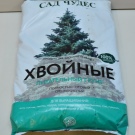
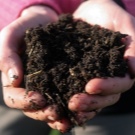
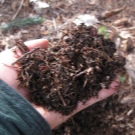

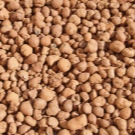
A few hours before planting, the roots of the dwarf tree should be placed in a pale pink solution of potassium permanganate. This procedure is designed to neutralize pathogenic microflora and prevent the risk of diseases of a young plant.
Immediately before planting, 1.5-2 buckets of water are poured into the pit, then carefully, together with an earthen lump, the seedling is buried in the prepared place so that the root collar is flush with the ground. After that, another bucket of water is poured, because it is extremely important to prevent the roots from drying out.
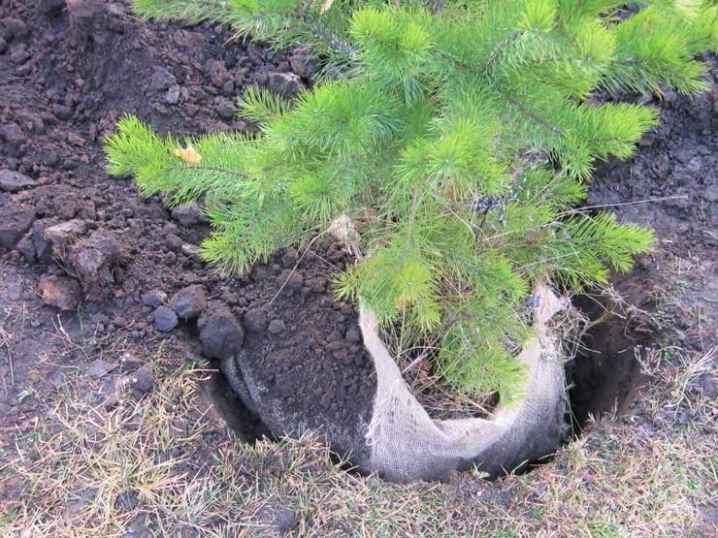
If you plan to plant several conifers, you need to maintain at least 3-4 meters between them.
The surface should be covered with mulch. For this, sawdust, needles, crushed pine bark or any other specialized material with a layer of 7-10 cm are usually used.
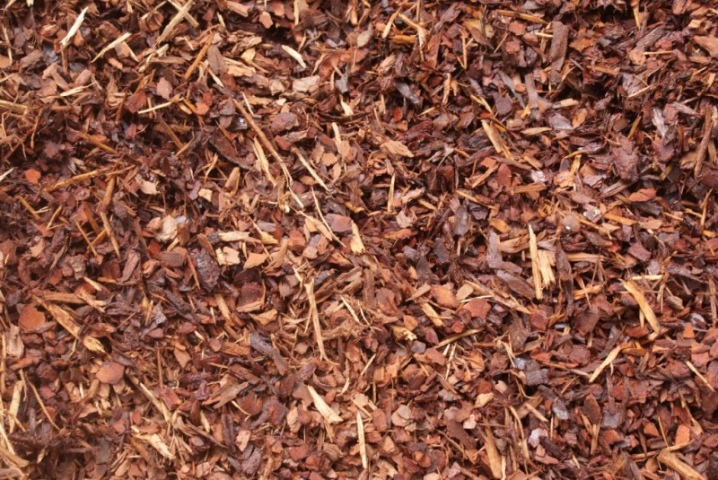
Care Tips
The dwarf is rarely watered; during the growing season, 1 bucket of water per month is quite enough, and if the summer is dry and sultry, the total amount of liquid can be increased to 1.5 buckets. Additionally, you can spray the needles with cold water. This should be done before 11 o'clock or after 16.

Top dressing of elfin wood is required minimal; nitroammophosphate is used as fertilizer at the rate of 40 g per 1 m3.
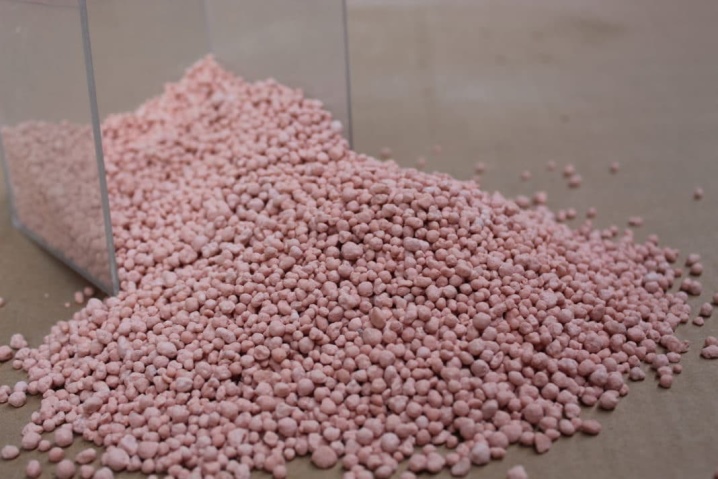
They are processed in April, June and August.
Before adding nutrients, the soil around the seedling must be loosened. These manipulations should not be neglected - they prevent the rooting of cuttings and prevent the appearance of unwanted thickets on the sowing area.
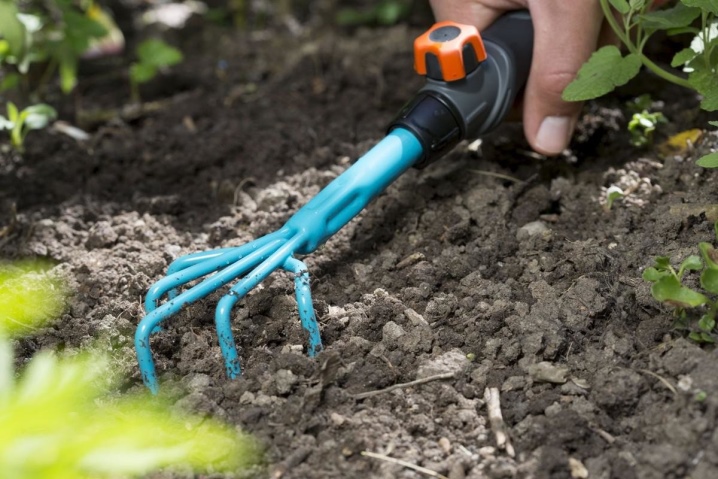
The tree needs regular sanitary pruning. To do this, the damaged and dried branches are cut or cut off, the cut sections are covered with garden pitch. When forming a garden landscape, decorative pruning is carried out in early April.
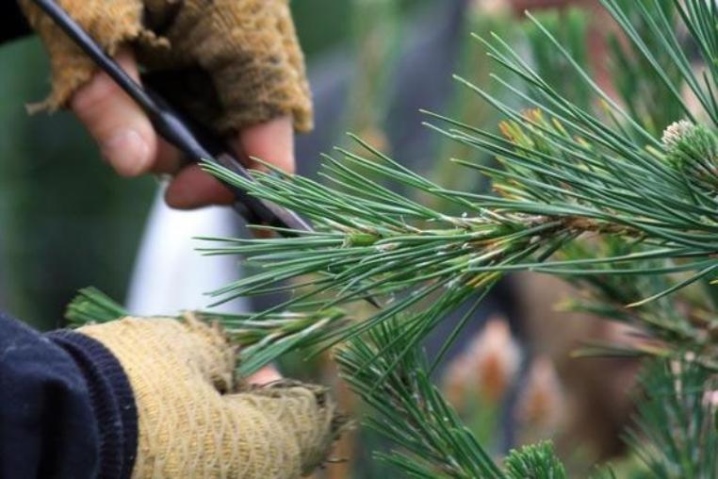
The dwarf pine is not afraid of harsh winters, nevertheless, this plant needs some preparation for frost. So, in the second part of autumn, the roots are covered by peat or straw by 8-10 cm, and in regions with heavy snowfalls, they additionally construct a frame of planks and cover them with agrofibre.

Reproduction
Dwarf cedar reproduces very slowly. Usually, ready-made seedlings are used for breeding this coniferous plant, which can be purchased in special nurseries. The seed method and propagation by layering are also common.
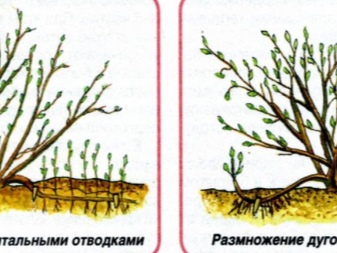
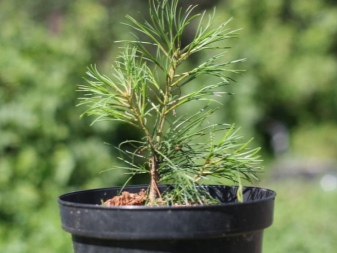
If you have such an opportunity, it is best to take layers. This method requires a mature tree. In the place where its branches touch the ground, roots are formed. For further breeding, you need to separate part of this branch and transplant it to a new location.
Dwarf cedar can be propagated by seeds. Planting material is purchased in specialized stores or they independently collect cones and extract seeds from them. To begin with, the nuts are kept in a cool place for six months at a temperature of 3-5 degrees, then placed in a moist substrate, without deepening, moss is placed on top. From time to time it needs to be moistened without drying out.
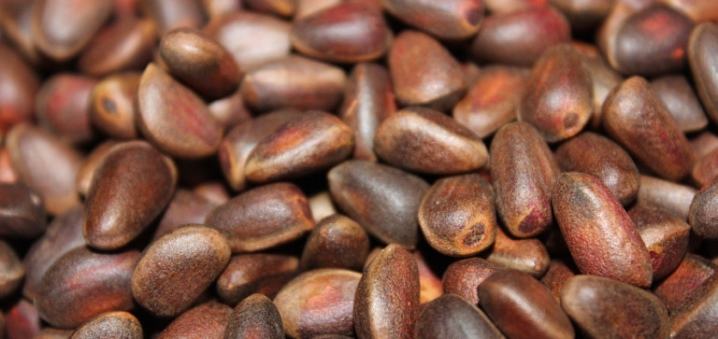
Keep in mind - seed germination is low, so you need to plant a lot of seeds at once.
Diseases and pests
Dwarf cedar has good immunity, however, some pests can also affect it.
- Hermes siberian - This is a defeat by a pest, causing a sharp slowdown in the growth and development of a plant, a deterioration in its external characteristics. The first sign of the disease is a whitish bloom. For therapy, microinjections of insecticides are usually used directly into the trunk. Such procedures are repeated several times.
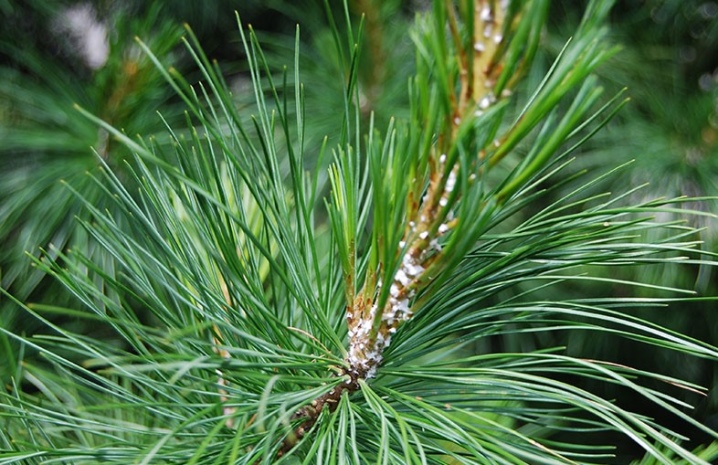
- Needle rust - This is a pathology in which yellowish blister formations form on the needles. Such needles fall off very quickly. In order to prevent the spread of the disease, the affected branches must be removed, and the remaining ones must be treated with an immunostimulant.
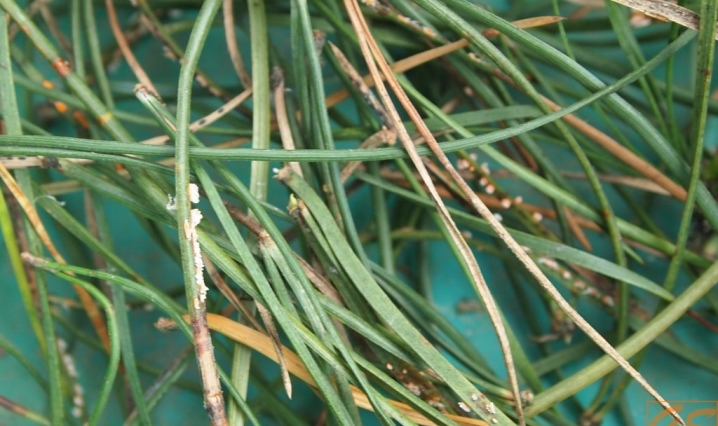
- Shute mushroom. A characteristic sign of such an ailment is a change in the color of the needles from green to brown-brown with noticeable black outgrowths. Diseased branches must be promptly removed and treated with "Hom". For prophylaxis, seedlings are sprayed with Bordeaux liquid every spring.
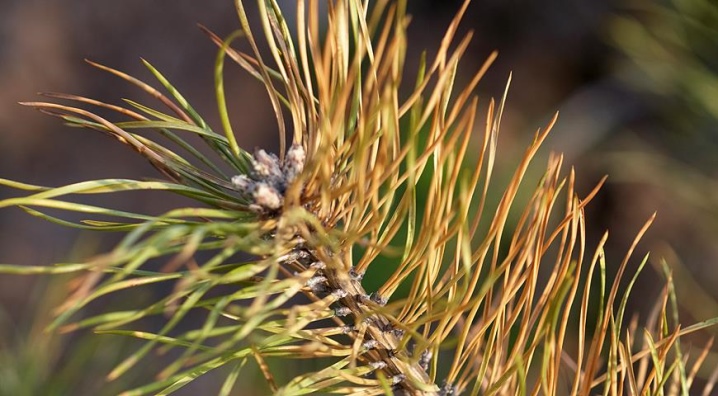
- Aphid Is the most common garden pest. In the fight against him, such compositions as "Decis" and "Aktara" showed high efficiency. In order to prevent the appearance of such a neighborhood, it is necessary to destroy ants on the site - it is they who largely contribute to the appearance of aphids on the landings.
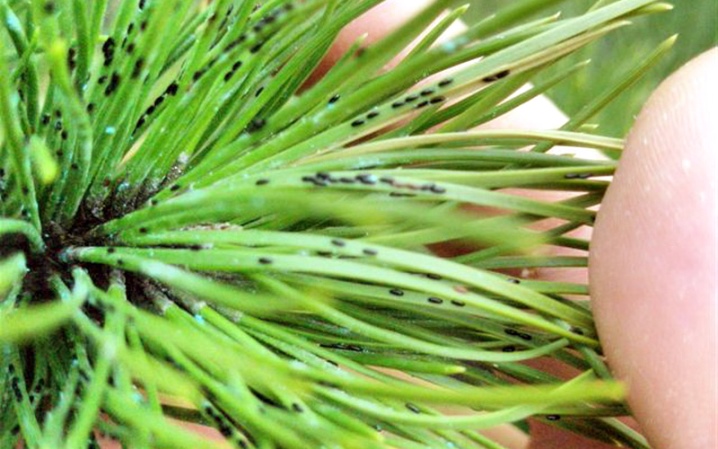
- Shield - in this case, brown formations appear on young branches and needles. Diseased shoots become crooked and quickly die. In the initial stages of the disease, pests can be removed manually; with a large lesion, elfin trees are treated with strong insecticides.
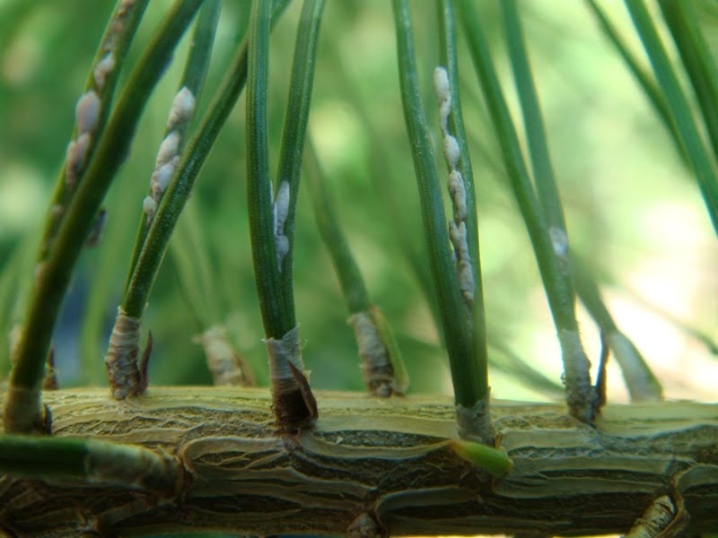
Examples in landscape design
The dwarf cedar is an evergreen plant with exceptional decorative characteristics, while it requires almost no special maintenance. Having planted it once, you can decorate your personal plot for many years.

Designers often use ephedra to decorate the garden landscape - the elfin tree looks harmoniously as part of rockeries, alpine slides or in the form of green hedges.

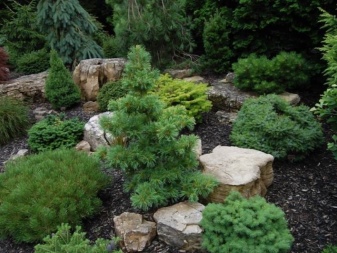
It should be noted that among all other conifers, this plant produces the most phytoncides that destroy all pathogenic microflora. That is why the cultivation of this plant will not only decorate your site, but also create a favorable microclimate on the territory.

Unfortunately, this plant has not yet found wide distribution in the European part of Russia.
For more information on dwarf cedar, see the video below.



































































The comment was sent successfully.